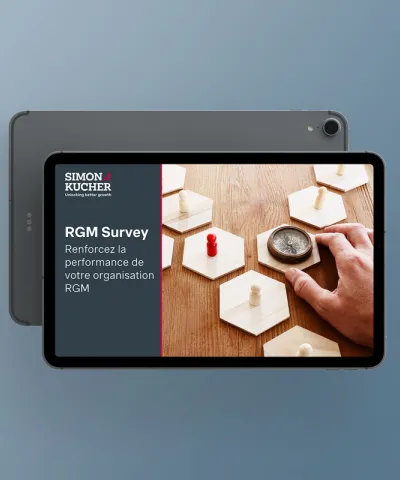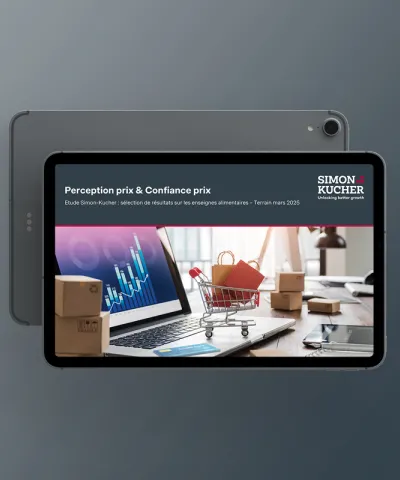Consumer purchasing behavior is driving a shift toward a more sustainable economy, and the fashion industry is following suit. Companies with secondhand clothing lines, subscription models, and rental models are all gaining market share.
It is difficult to predict how the COVID-19 crisis will affect the global economy in 2021 and beyond, but changes in consumer demand are already accelerating. Sustainability is still at the top of fashion companies’ agendas, and alternative ownership models will only become more important if the economy experiences a downturn. We present three alternative ownership models and provide a brief overview of what fashion brands should consider before taking the leap.
1. Resale and recycle
Experts predict the resale and recycle market will grow at an astronomical rate. Over the last three years, this segment has long been an integral part of many developed countries’ economies and has developed much faster than the rest of the retail apparel market. However, over the last few years, it has really started to take off. Consumers are realizing that buying secondhand clothing and luxury accessories like designer handbags is more sustainable than purchasing fast fashion. There is a wide range of possibilities for companies looking to make their business more sustainable, such as opening repair shops, launching resale platforms, and garment-to-garment recycling systems. But commercializing secondhand clothing is no simple task, especially for large fashion companies with global supply chains. The optimal setup will differ for each brand. The key is to find a solution that fits within current processes.
2. Subscription fashion
Subscription models not only create a stable revenue stream and increase customer loyalty, they also allow companies to strengthen brand perception, grow a customer community, and build a direct-to-consumer relationship. However, consumers need a compelling offer to convince them of recurring deliveries over making a one-off purchase. Our research shows that lowering the barrier to entry and allowing customers to cancel their subscription after a few months are perceived as highly attractive across the majority of segments. Moreover, there is significant willingness to pay for this model, easily amounting to a 25 to 30 percent price premium. Models should be tailored to target segments, with strong value messaging based on prioritized value drivers and purchasing criteria. Companies will also need a new monetization approach to shift from a product-based to a service-based business and achieve the perfect balance between customer lifetime value, customer acquisition, and servicing costs. Finally, brands must select the right marketing and sales channels to optimize ROI on investments and their cost model.
3. Clothing as a service
Since clothing-as-a-service (CaaS) was pioneered by Rent the Runway in 2009, rental models have gained traction and popularity. Brands looking to move beyond their traditional ownership can rent out their clothing through multi-brand rental companies, set up a rental channel through a fully managed rental service company, or opt for the most capital-intensive option and set up their own in-house rental operations and logistics. Other service models successfully combine personal styling and shopping with a recurring delivery service. Some require a monthly contribution and additional payment for each item rented, while others adapt the CaaS model, charging a higher monthly contribution for their members and setting a maximum number of items that can be rented per month. From a consumer perspective, this model appeals to the increasing demand for convenience, variety, and sustainability while also lowering perceived costs and commitment: three important value drivers that are difficult to combine in more traditional buy-and-own models. From a brand perspective, this model unlocks access to target new (younger) audiences, improves customer loyalty and engagement, and lowers inventory risk and the need for markdowns.
What to consider when you want to take the leap
Interested in exploring alternative ownership models for your company? Here is an overview of the five key steps to take:
Step 1: Assess the market
At the very core of every new commercial strategy, you will find a fact-based, data-driven market assessment, which provides insight into the following questions:
- What customer segments can be identified based on consumer behavior?
- What is the size and growth potential of each segment over time?
- What are the needs, value drivers, and purchasing criteria of each segment?
Step 2: Develop a commercial offering
Based on the clear, fact-based understanding of consumer needs that the market assessment has provided, you can begin developing a commercial offering. The key questions to answer are:
- What ownership model resonates most with your target segments?
- What would this model look like for your company?
- What positioning should be pursued? Do you need a dual-brand strategy?
Step 3: Develop a pricing strategy
Once you have defined a winning commercial offering, you’ll need to monetize its value effectively and sustainably. In this step, you should ask yourself:
- What price model is most appropriate, and how can it be differentiated?
- What is the willingness to pay for each of the target segments?
- What drives value for customers, and what does this mean for metrics and levels?
Step 4: Check operational and financial feasibility
Before launching a new commercial offering, you will need to perform operational and financial feasibility checks. Any substantial deviation in commercial strategy should be underpinned by a business case. At the very least, the following should be considered:
- What financial upside can be expected, and how will the cost structure change?
- What changes need to be made to the supply chain and logistical processes?
- What changes need to be made to the commercial organization now and in the future?
Step 5: Launch
Once you have successfully completed the four steps above, it’s time to launch the new commercial offering. This will not be easy. Consider the following questions:
- What constitutes success, and what KPIs should be used to measure it?
- What are the main risks to account for? When and how should you intervene?
- What is the best implementation approach? What are the key milestones?








